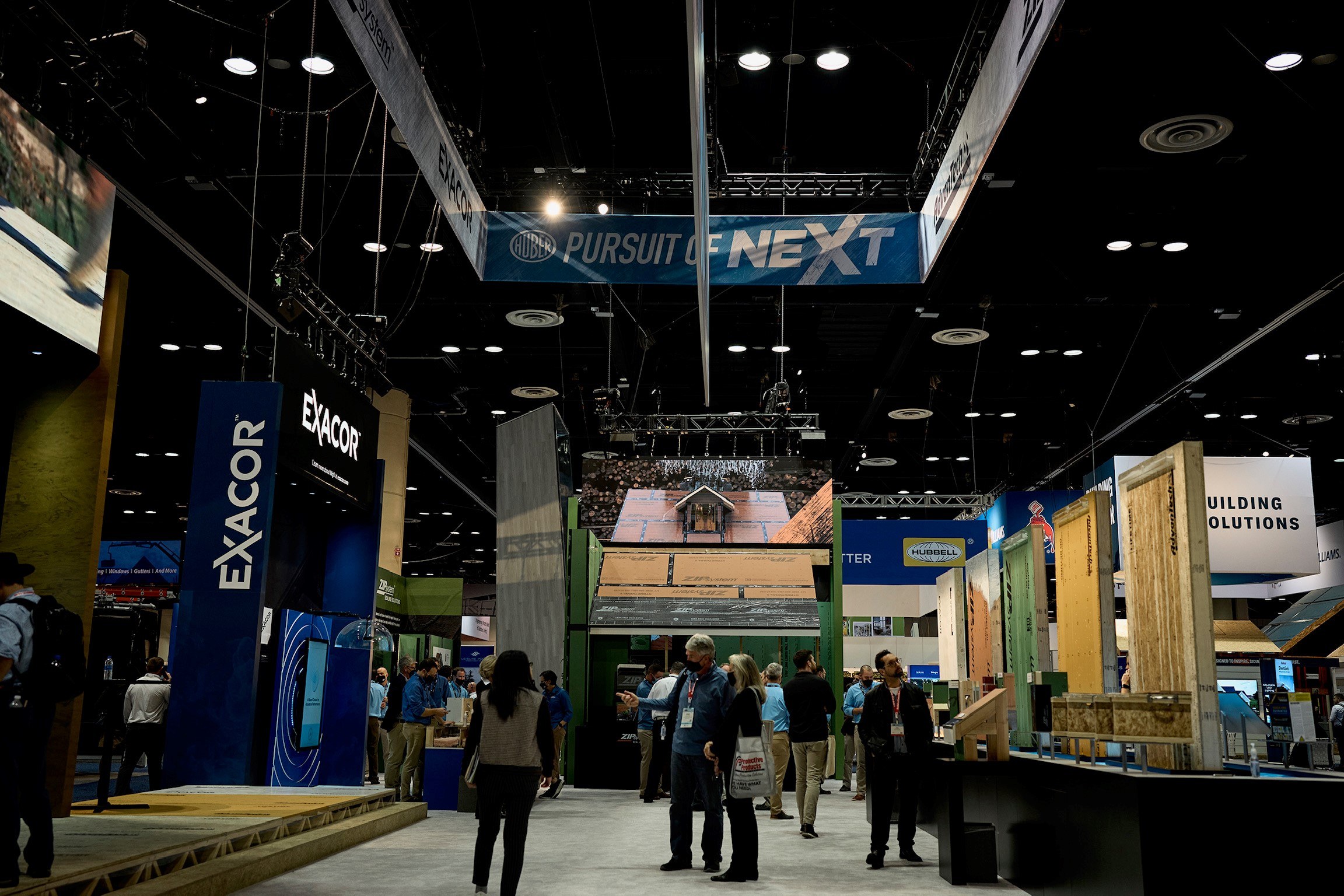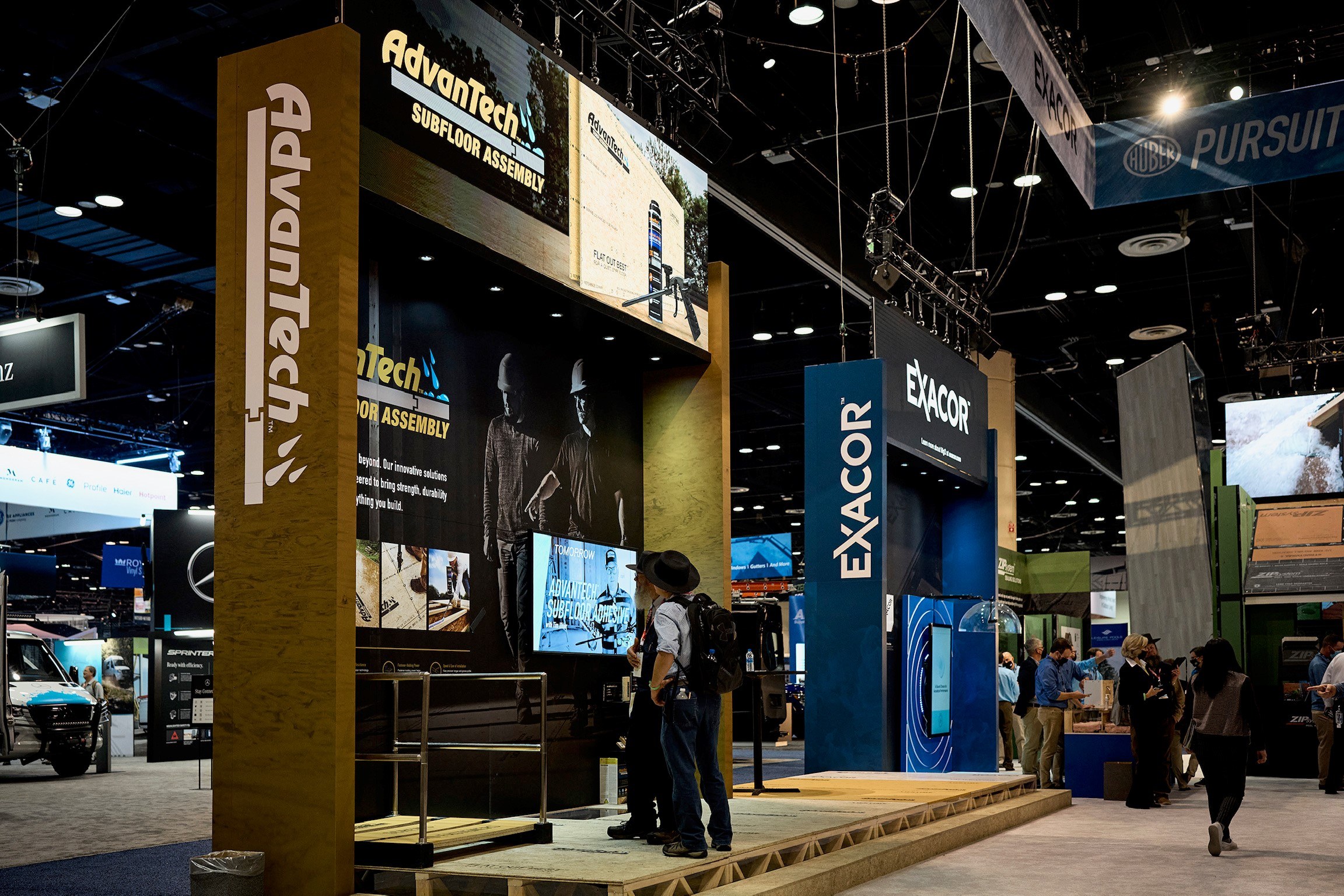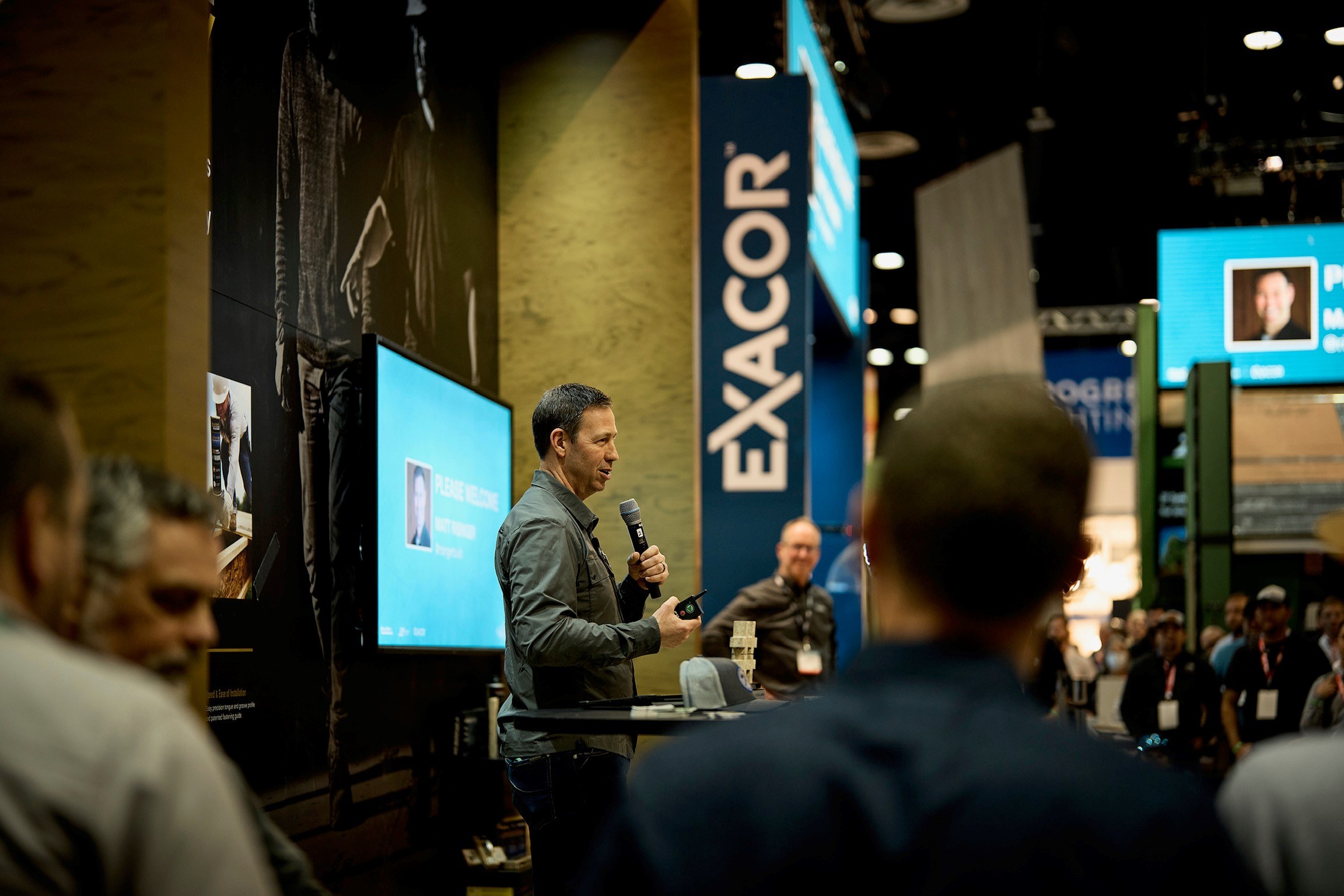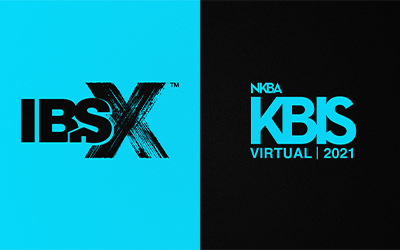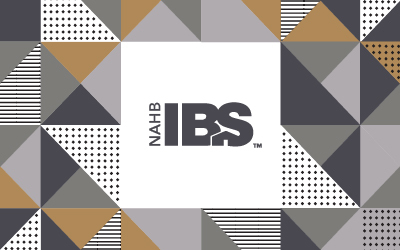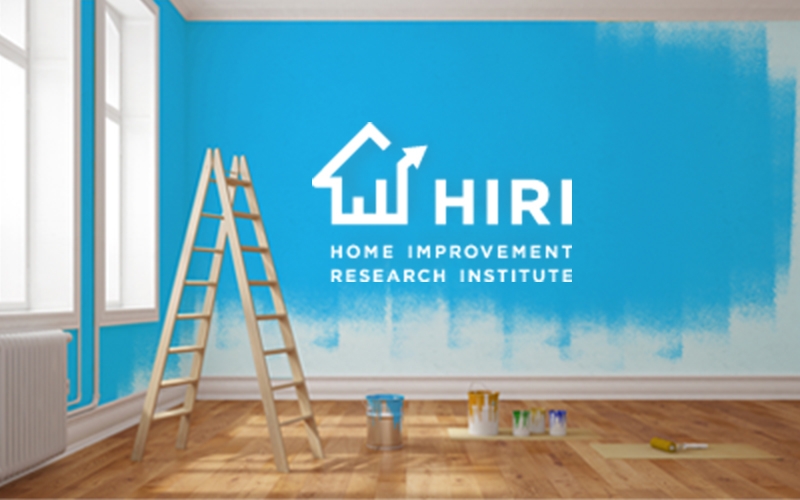Industry Trends
January and February have always been a wonderfully hectic time in the home and building category. Preparing for and traveling to the industry’s largest trade shows is, in the fall and winter months, part of life at Wray Ward. But since the beginning of the COVID-19 pandemic, these invaluable opportunities for brands to showcase new products, engage with customers, talk to editors and network with colleagues have been largely on hold. Meanwhile, trade shows small and large adapted, postponed, went virtual or canceled altogether, which begged the question: Would the days of old ever make a full comeback?
Four words: Trade shows are back.
Our team hit the road this year to experience major trade shows in person for the first time since early 2020. From Las Vegas to Orlando, energy and excitement filled the convention centers, as home and building brands rushed to display new products introduced since the onset of the pandemic.
In case you’re still considering getting your brand back out there, here are my initial observations of the home and building category’s trade show landscape in 2022.
1. Strong attendance
People are excited to get back out on the show floor. In fact, Design & Construction Week in Las Vegas, featuring the International Builders’ Show and Kitchen and Bath Industry Show, welcomed more than 70,000 industry professionals and 1,200 exhibitors.
While these numbers are down from 2020 (when the shows attracted about 90,000 pros and 2,000 exhibitors), they’re a great sign of the long-term health of in-person trade shows post-pandemic.
2. New products
Product development doesn’t seem to have slowed since the onset of the pandemic, and for many manufacturers, trade shows provide the perfect platform for a product launch.
Wray Ward clients GE Appliances Air & Water Solutions and GPS both revealed new products at the Air Conditioning, Heating and Refrigeration Expo in Las Vegas:
GEA shared a preview of its new Unitary HVAC line.
GPS unveiled the new DM-2 in-duct ionization system.
For others, the show floor created the first opportunity for customers to see and experience recently released products in person:
That was the case for clients Broan-NuTone and Huber Engineered Woods (HEW). Although both brands launched products within the past year, it was clear booth visitors craved the chance to see and experience demos in person.
3. Experiential booths
Speaking of in-booth experiences, we noticed that the more interactive a booth design, the more it seemed to grab the attention of show attendees. In fact, the HEW booth was designed specifically for this purpose: A built-in booth stage allowed the company to host educational events, bring some of their partners to the stage for product demos and trivia games, and host the 5th Annual Best of Social Awards.
